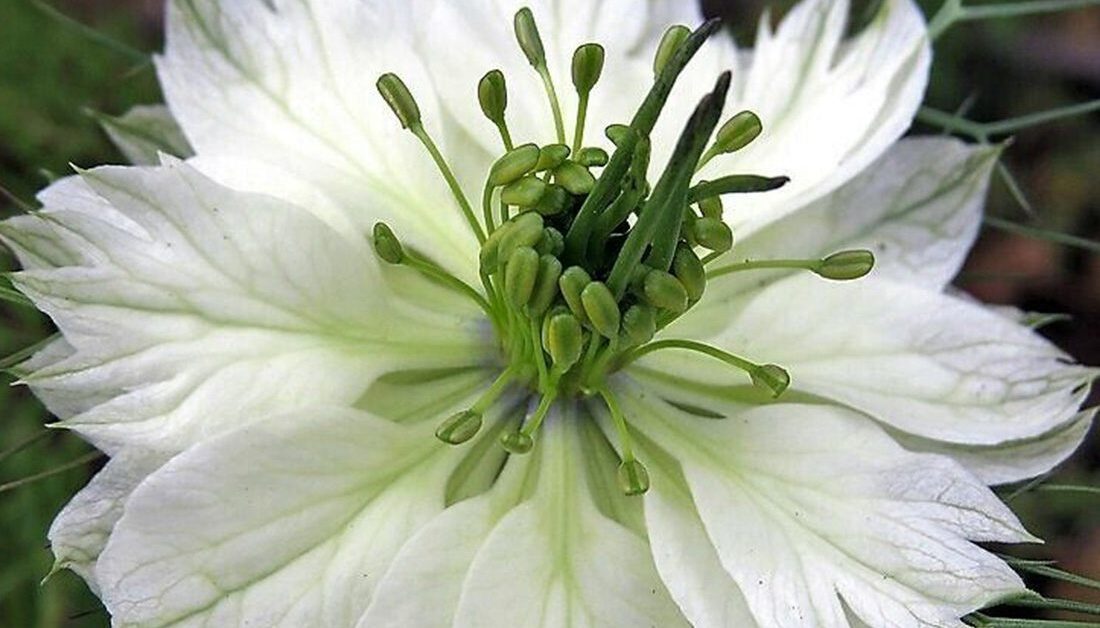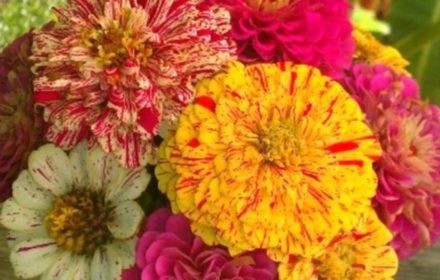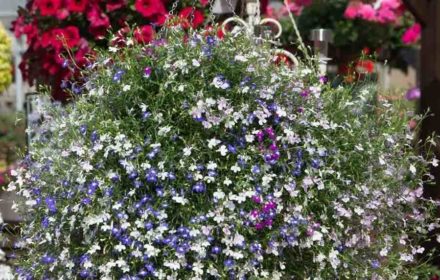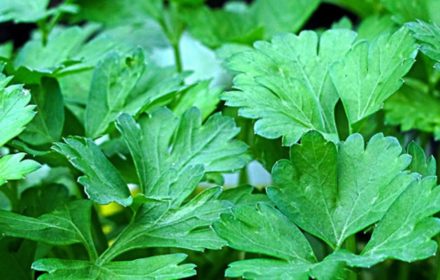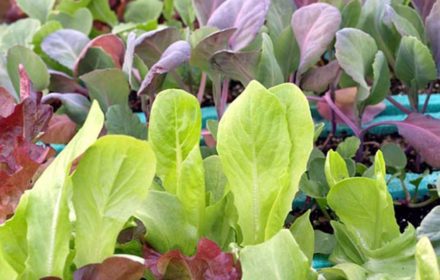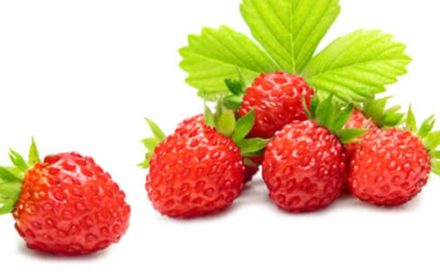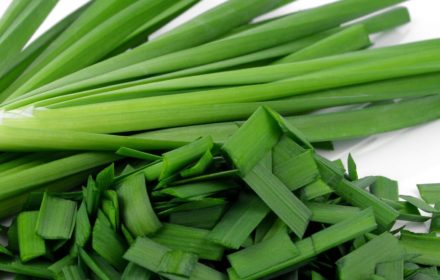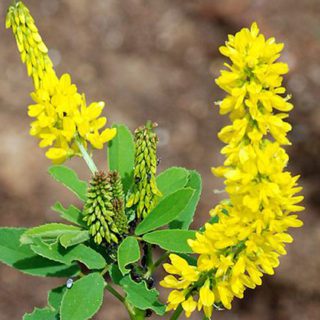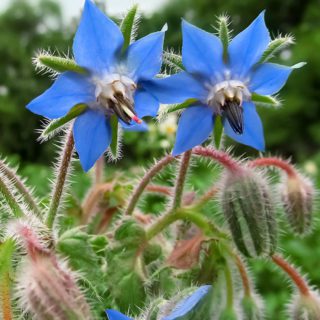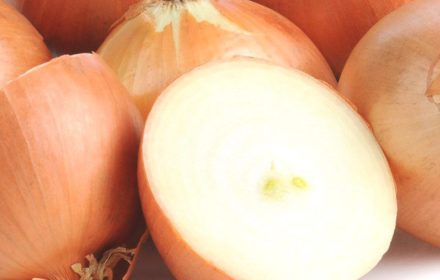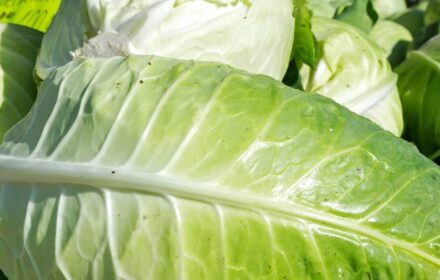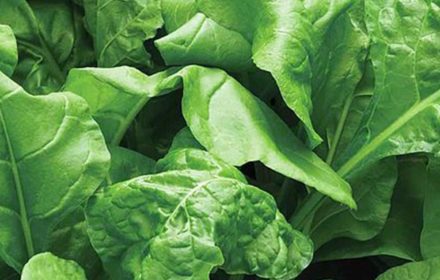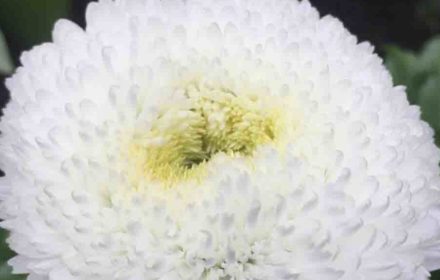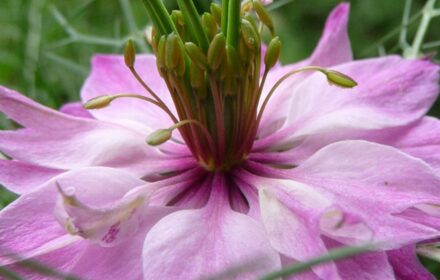Grow Pure White Love in a Mist from Seeds UK
Nigella ‘Miss Jekyll White’ (Nigella damascena) is a beloved self-seeding annual known for its pure white flowers and unique seed pods. This versatile plant enhances garden borders and complements roses and Asiatic lilies. Its seed pods are perfect for dried flower arrangements. In milder climates, autumn-sown Nigella seeds may overwinter and produce larger flowers the following spring. This guide provides all the information needed to sow and grow Nigella ‘Miss Jekyll White’ successfully.
Sowing White Nigella Love in a Mist Seeds
- Timing for Sowing Seeds: Sow Nigella seeds outdoors in early spring or autumn. Early spring sowing ensures blooms in the same year, while autumn sowing allows seeds to establish before winter, blooming early the following year.
- Depth for Planting Seeds: Sow seeds thinly on the soil surface or barely cover them with a fine layer of soil. Light aids germination, so avoid burying the seeds too deeply.
- Ideal Soil Type: Nigella ‘Miss Jekyll White’ thrives in well-drained, fertile soil with a neutral to slightly alkaline pH (6.0 to 7.5). Incorporate compost or organic matter into the soil to enhance fertility and drainage.
- Sunlight Requirements for Maximum Blooms: This plant prefers full sun but can tolerate partial shade. Ensure it receives at least 6 hours of direct sunlight daily to promote optimal growth and abundant flowering.
Caring for White Love in a Mist Plants
- Watering Guidelines for Healthy Plants: Water Nigella plants moderately, keeping the soil consistently moist but not waterlogged. Water at the base of the plants to avoid wetting the foliage and reduce the risk of fungal diseases.
- Proper Spacing for Growth: Thin seedlings to 4-6 inches apart to allow for larger, healthier plants. Proper spacing ensures adequate air circulation, which helps prevent disease and encourages robust growth.
- Fertilizing for Vigorous Growth: While Nigella is not a heavy feeder, applying a balanced, water-soluble fertilizer once a month during the growing season can support vigorous growth and abundant blooms. Organic fertilizers like compost or well-rotted manure are also beneficial.
- Extending the Blooming Season: To extend the blooming period, sow seeds successively every four weeks throughout spring and early summer. Regular deadheading of spent flowers also encourages continuous blooming.
- Harvesting Flowers and Seed Pods: Nigella flowers typically bloom about 90 days after germination, lasting for one to two months. Harvest flowers when fully open for fresh arrangements, or allow seed pods to mature and dry for use in dried floral crafts.

